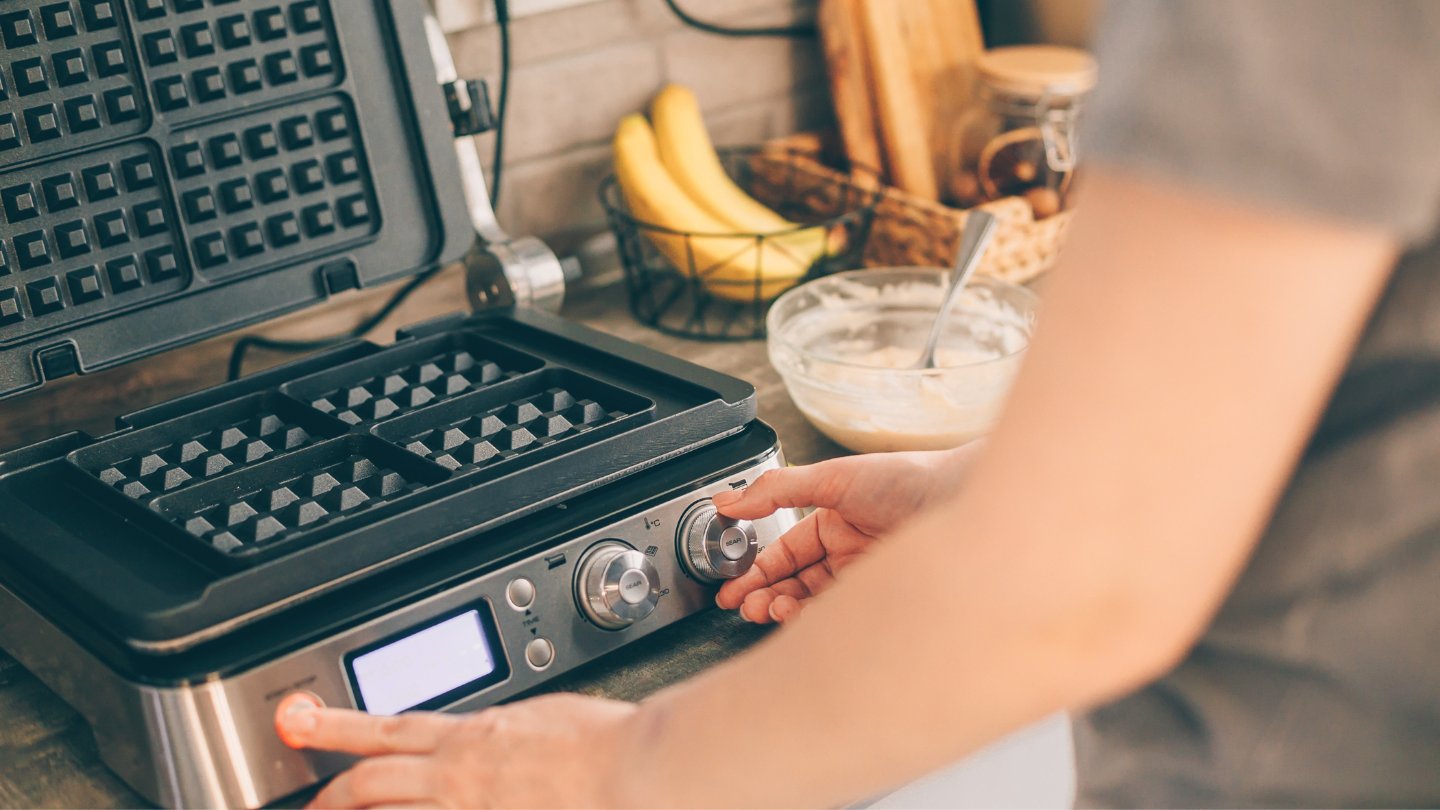

Articles
How Hot Should My Waffle Iron Be
Modified: March 25, 2024
Discover the perfect temperature for your waffle iron with our helpful articles. Achieve crispy, golden waffles every time.
(Many of the links in this article redirect to a specific reviewed product. Your purchase of these products through affiliate links helps to generate commission for Storables.com, at no extra cost. Learn more)
Introduction
A warm, crispy waffle is a delightful treat that can make any morning or brunch feel extra special. But have you ever wondered how hot your waffle iron should be to achieve the perfect texture and taste? Finding the ideal waffle iron temperature can be a bit of an art, but with a few tips and tricks, you can master the art of making delicious waffles every time.
Understanding the importance of waffle iron temperature is crucial to achieving that golden brown exterior and light, fluffy interior. The right temperature ensures that the batter cooks evenly and forms the signature crispness that we all love in a waffle.
In this article, we will explore the factors that affect waffle iron temperature, recommend the appropriate temperature range for different types of waffles, share tips to achieve the perfect temperature, and highlight common mistakes to avoid. So, let’s dive in and discover how to make your waffles truly memorable!
Key Takeaways:
- Mastering the art of waffle making involves understanding the factors that affect waffle iron temperature, following recommended temperature ranges, and implementing helpful tips to achieve the perfect balance of crispness and fluffiness.
- Testing the temperature of your waffle iron using methods like a kitchen thermometer, the grease test, or the flour test allows you to verify the accuracy of your waffle iron’s temperature control, ensuring consistent and successful waffle-making.
Read more: Why Do My Waffles Stick To The Waffle Iron
Understanding Waffle Iron Temperature
Waffle iron temperature plays a crucial role in determining the texture and taste of your waffles. The temperature affects both the cooking time and the outcome of your waffles. Getting familiar with the different temperature settings and understanding how they impact your waffles will help you achieve the perfect balance of crispy exterior and fluffy interior.
Most waffle irons have adjustable temperature settings, usually ranging from 250°F to 400°F (120°C to 200°C). Some waffle irons have specific temperature indicators, while others use a simple dial to adjust the temperature.
When you pour the waffle batter onto the preheated waffle iron, the high heat causes the batter to rise and expand. The moisture in the batter starts to evaporate, creating steam, which gives the waffle its light and airy texture. At the same time, the heat causes the sugars and starches in the batter to caramelize, resulting in that satisfying crispy exterior.
It is important to note that the ideal waffle iron temperature may vary depending on the recipe you are using and personal preference. Different batters and waffle iron models may require slight adjustments in temperature to achieve the desired results.
Factors such as the thickness of the waffle iron, the type of batter, and your desired level of crispness all play a role in determining the appropriate temperature. Let’s take a closer look at these factors.
Factors Affecting Waffle Iron Temperature
Several factors can affect the temperature of your waffle iron and ultimately impact the outcome of your waffles. Understanding these factors will help you make informed decisions when adjusting and controlling the temperature.
1. Waffle Iron Thickness: The thickness of your waffle iron can influence the heat distribution and retention. Thicker waffle irons tend to take longer to heat up but may provide more consistent heat throughout the cooking process. Thinner waffle irons heat up faster but may have hot spots or uneven heat distribution.
2. Batter Consistency: The consistency of your waffle batter can affect the cooking time and required temperature. Thicker batters, such as those made with more flour, may require a higher temperature to ensure proper cooking and browning. Thinner batters, with more liquid ingredients, may need a lower temperature to prevent overcooking or burning.
3. Type of Waffle Iron: Different types of waffle irons, such as Belgian waffle makers, traditional waffle makers, or specialty shapes, may have specific temperature requirements. Belgian waffles, known for their deep pockets, typically require a higher temperature to achieve the desired crispy exterior and fluffy interior.
4. Desired Level of Crispness: Your personal preference for the level of crispness in your waffles will also determine the appropriate temperature. Some people prefer lightly golden waffles, while others enjoy a more deeply caramelized and crispy texture. Adjusting the temperature can help you customize your waffles to suit your preferences.
5. Preheating Time: Preheating your waffle iron is an important step to ensure even cooking. Allowing the waffle iron to reach the desired temperature before pouring the batter helps achieve consistent results. The preheating time can vary depending on the specific model and manufacturer’s instructions.
By considering these factors, you can make informed decisions about the temperature settings for your waffle iron. In the next section, we will explore the recommended temperature range for different types of waffles.
Recommended Temperature Range for Different Waffles
While the ideal waffle iron temperature may vary depending on factors such as batter consistency and personal preference, there are some general guidelines you can follow to achieve the best results for different types of waffles.
1. Classic Waffles: Classic waffles, often referred to as American-style waffles, are typically cooked at a temperature ranging from 375°F to 400°F (190°C to 200°C). This higher temperature helps create a crisp exterior while still maintaining a fluffy interior. To achieve a golden brown color and the desired texture, keep the waffle iron within this temperature range.
2. Belgian Waffles: Belgian waffles are famous for their deep pockets and light, airy texture. To achieve the characteristic crispy exterior and fluffy interior, a temperature between 400°F and 425°F (200°C to 220°C) is recommended. The higher temperature helps create the caramelization necessary for that delightful crunch. Be mindful not to overcook the waffles at this temperature, as they can quickly become too dark or dry.
3. Thin and Crispy Waffles: If you prefer thin and crispy waffles, a slightly lower temperature ranging from 350°F to 375°F (175°C to 190°C) is suitable. The lower temperature allows the waffles to cook more quickly while still achieving a crisp and golden texture.
4. Gluten-Free or Alternative Flour Waffles: Waffles made with gluten-free flour or alternative flours often require a slightly lower temperature. Start with a temperature around 350°F (175°C) and adjust as needed. These flours can have different properties and may cook differently, so it’s important to monitor the waffles closely for the desired outcome.
Remember, these temperature ranges serve as guidelines, and individual waffle iron models, recipes, and personal preferences may require slight adjustments. It’s always a good idea to follow the specific instructions provided by your waffle iron manufacturer and recipe guidelines for the best results.
In the next section, we’ll share some tips on how to achieve the perfect waffle iron temperature every time.
Preheat your waffle iron to a medium-high heat setting. This will ensure that the waffles cook evenly and develop a crispy exterior while remaining fluffy on the inside.
Tips for Achieving the Perfect Waffle Iron Temperature
Getting the temperature of your waffle iron just right is essential for achieving perfectly cooked waffles. Here are some tips to help you achieve the perfect waffle iron temperature every time:
1. Preheat your waffle iron: Preheating your waffle iron is crucial for even cooking and browning. Allow your waffle iron to heat up for the recommended amount of time stated in the manufacturer’s instructions. This ensures that the entire surface of the iron reaches the desired temperature.
2. Use a cooking spray or brush with oil: To prevent sticking, lightly coat the surface of your waffle iron with cooking spray or brush it with a thin layer of oil before pouring the batter. This not only helps with easy removal but also aids in achieving a crisp and golden exterior.
3. Test with a small amount of batter: Before pouring in the full amount of batter, test the temperature of your waffle iron by adding a small spoonful of batter. If it sizzles and begins to cook immediately, the iron is likely at the desired temperature. If it takes longer to cook or does not sizzle, you may need to adjust the temperature accordingly.
4. Adjust temperature for subsequent batches: If you are making multiple batches of waffles, keep in mind that the temperature may need slight adjustments as the waffle iron retains heat. You may need to lower the temperature slightly for subsequent batches to prevent overcooking.
5. Do not lift the lid too early: One common mistake is lifting the lid of the waffle iron too early, especially out of curiosity or impatience. Be patient and allow the waffle to cook for the recommended time stated in your recipe. Lifting the lid prematurely can cause the waffle to tear and result in undercooked or unevenly cooked waffles.
6. Keep an eye on the color: Pay attention to the color of your waffles as they cook. The waffles should be a golden brown hue when they are done. If they are pale or still appear doughy, continue cooking for a bit longer. If they are getting too dark or burning, lower the temperature slightly.
By following these tips, you can achieve the perfect waffle iron temperature and create delicious waffles with a crispy exterior and a fluffy interior. However, to ensure your waffles turn out just right, it’s important to avoid common mistakes, which we’ll discuss in the next section.
Common Mistakes to Avoid with Waffle Iron Temperature
While finding the right waffle iron temperature is crucial, it’s equally important to avoid common mistakes that can negatively impact the outcome of your waffles. Here are some common mistakes to avoid when it comes to waffle iron temperature:
1. Not preheating the waffle iron: Skipping the preheating step can lead to uneven cooking and prevent your waffles from achieving that desirable crispy texture. Make sure to preheat your waffle iron for the recommended amount of time.
2. Opening the lid too early: It’s tempting to check on your waffles, but opening the waffle iron too early can disrupt the cooking process and lead to undercooked or unevenly cooked waffles. Follow the recommended cooking time in your recipe and resist the urge to peek too soon.
3. Using the wrong temperature setting: It’s important to use the correct temperature setting for the type of waffles you’re making. Consult your recipe or guidelines to determine the appropriate range. Using the wrong temperature can result in waffles that are too pale, too dark, or have an inconsistent texture.
4. Pouring in too much or too little batter: Overfilling the waffle iron can lead to messy spills and uneven cooking. Conversely, pouring too little batter can result in thin, subpar waffles. Follow the instructions for your specific waffle iron to determine the appropriate amount of batter to use.
5. Neglecting to adjust temperature for subsequent batches: If you’re making multiple batches of waffles, the temperature of the waffle iron may need to be adjusted after the first batch. The iron may retain heat, so lowering the temperature slightly for subsequent batches can prevent overcooking.
6. Not monitoring the color of the waffles: The color of your waffles is a good visual indicator of their doneness. Pay attention to the browning process and remove the waffles when they have a golden brown color. If they start to get too dark or burn, adjust the temperature accordingly.
7. Rushing the cooking process: Waffles require a certain amount of time to cook properly. Rushing the cooking process by increasing the temperature or opening the lid too soon can result in waffles that are undercooked or have an uneven texture. Trust the recommended cooking time and be patient.
By avoiding these common mistakes, you can ensure that your waffles turn out perfectly cooked and delicious every time, with the ideal balance of crispness and fluffiness. Now, let’s move on to testing the temperature of your waffle iron.
Testing the Temperature of Your Waffle Iron
Testing the temperature of your waffle iron is an important step in ensuring that your waffles cook evenly and to perfection. While waffle irons may have temperature control settings, it’s always a good idea to verify the actual temperature before pouring in your batter. Here’s how you can test the temperature of your waffle iron:
1. Use a kitchen thermometer: This is one of the most accurate ways to measure the temperature of your waffle iron. Simply insert a kitchen thermometer into the waffle iron, making sure it touches the cooking surface. Leave the thermometer in for a few seconds to get an accurate reading.
2. Grease test: Another method to check the temperature of your waffle iron is by using a small amount of cooking grease. Apply a thin layer of cooking oil or butter to the cooking surface of your preheated waffle iron. If the grease starts to sizzle immediately upon contact, your waffle iron is likely at a high temperature. If it takes longer to sizzle or doesn’t sizzle at all, the temperature may be too low.
3. Flour test: Another quick and easy method is the flour test. Sprinkle a small amount of flour over the preheated waffle iron’s surface and observe its behavior. If the flour starts to brown too quickly or burn, it indicates that the temperature is too high. If the flour remains pale or takes a long time to brown, the temperature may be too low.
It’s important to keep in mind that the testing methods above provide a rough estimate of the waffle iron’s temperature and should be used as a guide rather than an absolute measurement. Additionally, different parts of the waffle iron may have different temperature readings, so it’s always a good idea to test multiple areas for an accurate assessment.
Once you have determined the temperature of your waffle iron, you can make any necessary adjustments to achieve the desired cooking result. Remember to take into account other factors such as batter consistency, waffle thickness, and cooking time when determining the ideal temperature for your waffles.
To conclude, testing the temperature of your waffle iron helps you ensure consistent cooking and allows you to make any necessary adjustments for perfect waffles every time. With this knowledge, you’re ready to create delicious waffles that are just the right amount of crispy and fluffy.
Conclusion
Mastering the art of achieving the perfect waffle iron temperature is key to creating delectable waffles with a crispy exterior and a light, fluffy interior. By understanding the factors that affect waffle iron temperature, following recommended temperature ranges for different types of waffles, and implementing helpful tips, you can elevate your waffle-making skills to new heights.
Remember to consider factors such as waffle iron thickness, batter consistency, desired level of crispness, and preheating time when determining the appropriate temperature for your waffles. Adjustments may be necessary depending on the specific recipe, waffle iron model, and personal preference, so don’t be afraid to experiment and fine-tune along the way.
Avoiding common mistakes, such as not preheating the waffle iron, opening the lid too early, or pouring in the wrong amount of batter, ensures consistent and successful waffle-making. Take the time to monitor the color of your waffles and be patient throughout the cooking process to achieve the desired results.
Testing the temperature of your waffle iron using methods like utilizing a kitchen thermometer, the grease test, or the flour test allows you to verify the accuracy of your waffle iron’s temperature control. This empowers you to make any necessary adjustments and ensures that your waffles cook evenly and come out perfectly every time.
Whether you’re making classic American waffles, indulging in Belgian waffles with deep pockets, or opting for thin and crispy ones, finding the ideal waffle iron temperature is the key to culinary success. With practice and attention to detail, you’ll soon become an expert at achieving the perfect waffle iron temperature for your favorite recipes.
So, preheat your waffle iron, set the temperature just right, pour in the batter, and savor the aroma of freshly cooked waffles that will impress your friends and family. Enjoy the journey of becoming a waffle connoisseur, and may every batch of waffles from your kitchen be a delight to savor!
Frequently Asked Questions about How Hot Should My Waffle Iron Be
Was this page helpful?
At Storables.com, we guarantee accurate and reliable information. Our content, validated by Expert Board Contributors, is crafted following stringent Editorial Policies. We're committed to providing you with well-researched, expert-backed insights for all your informational needs.
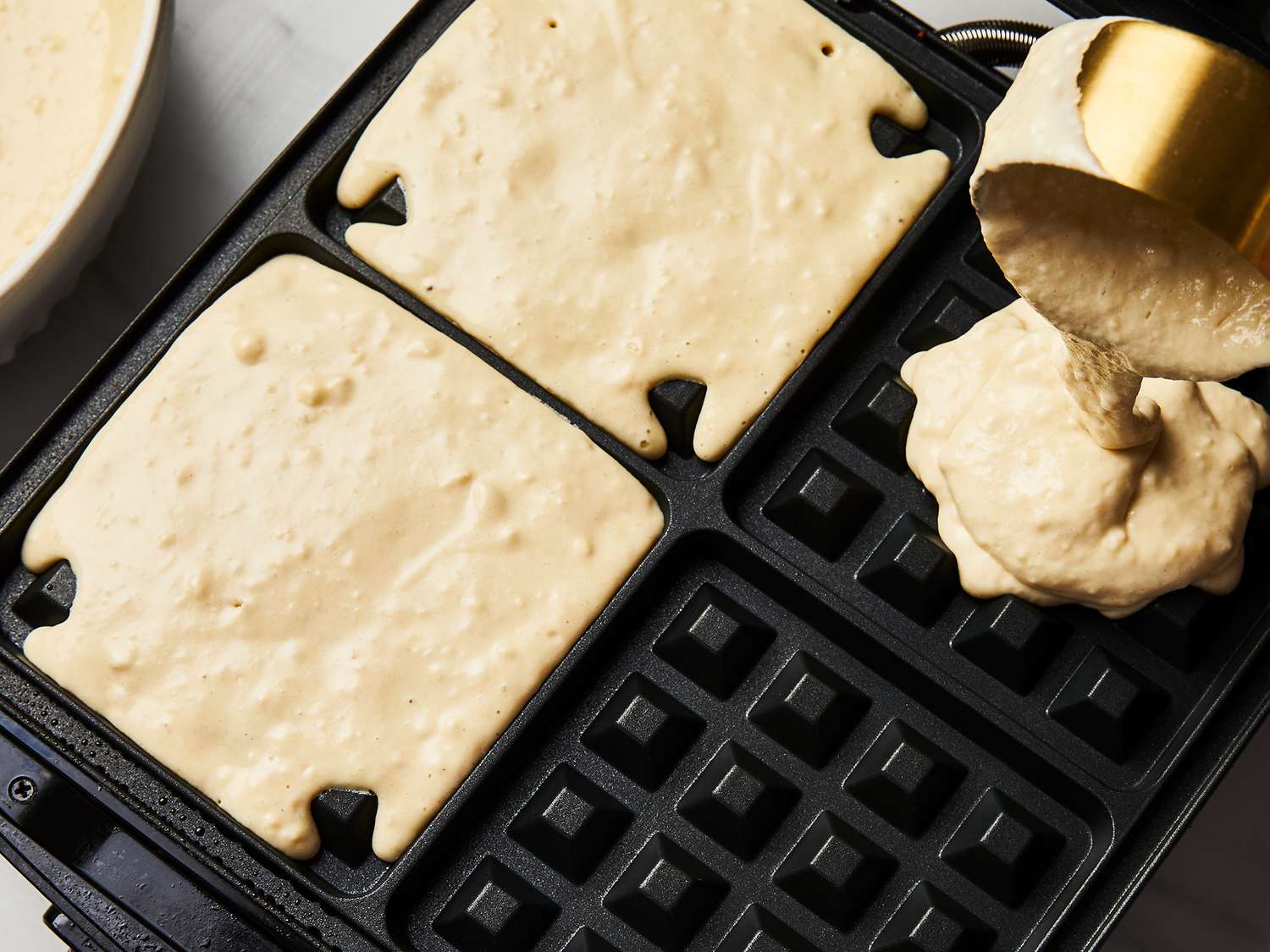
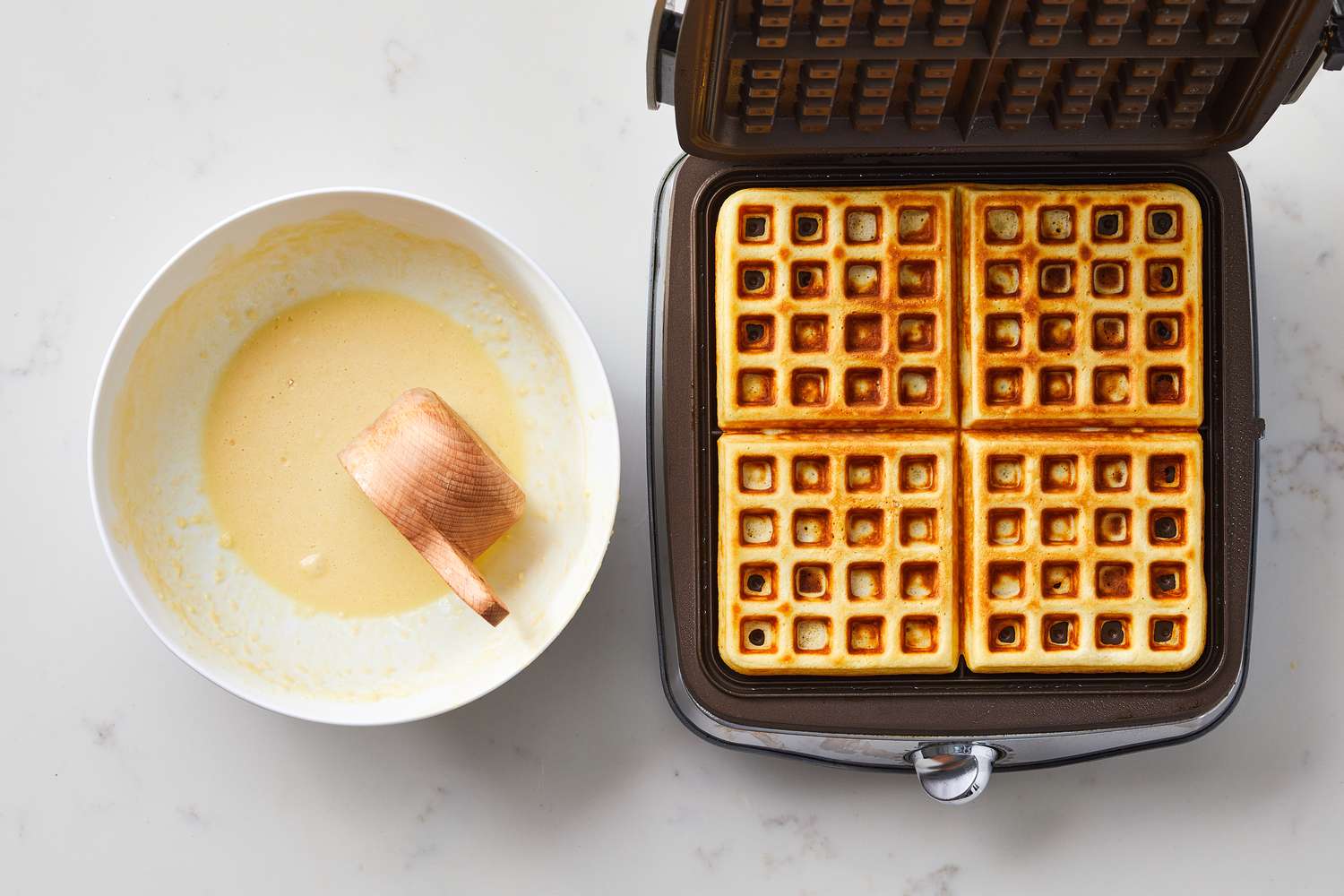
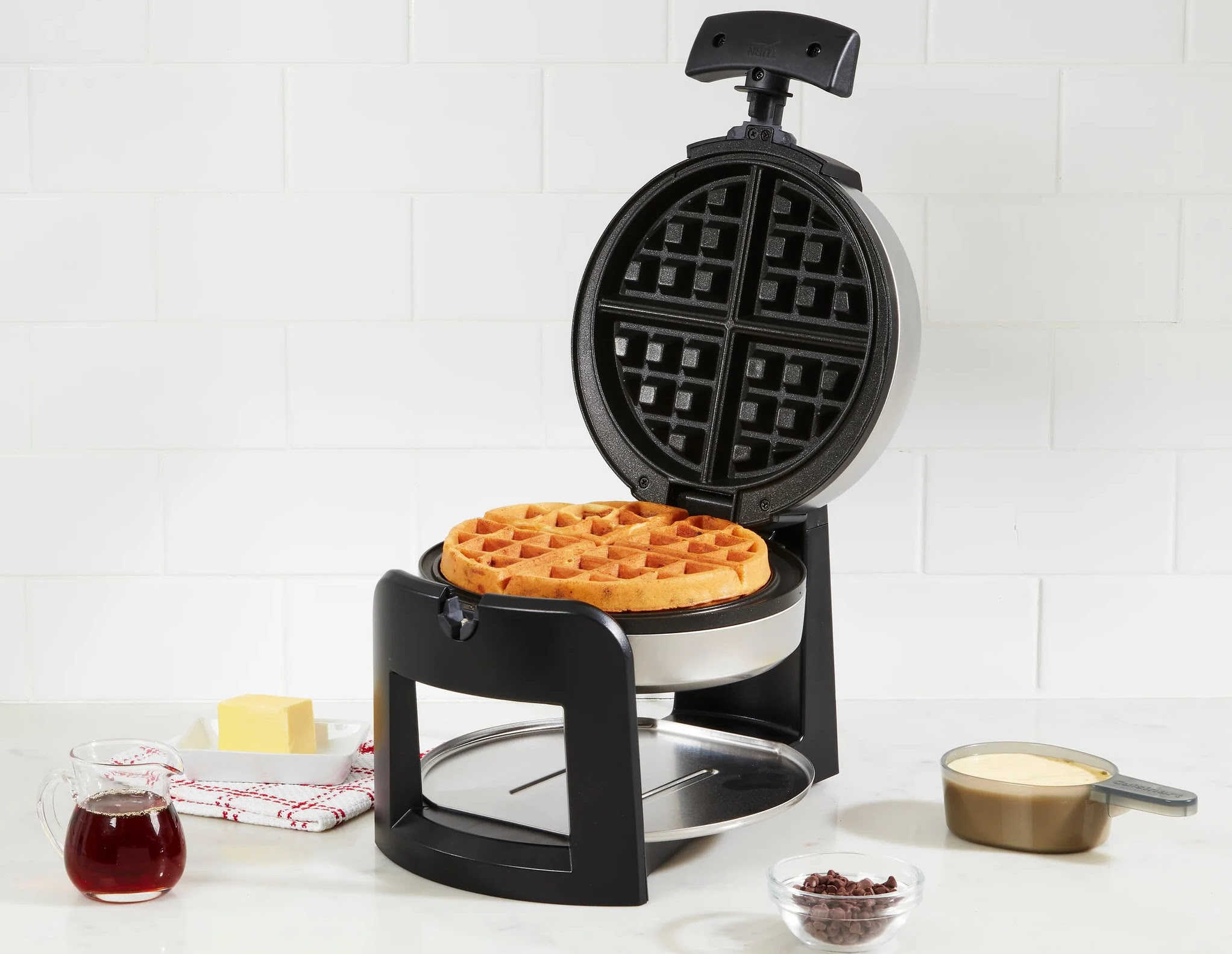
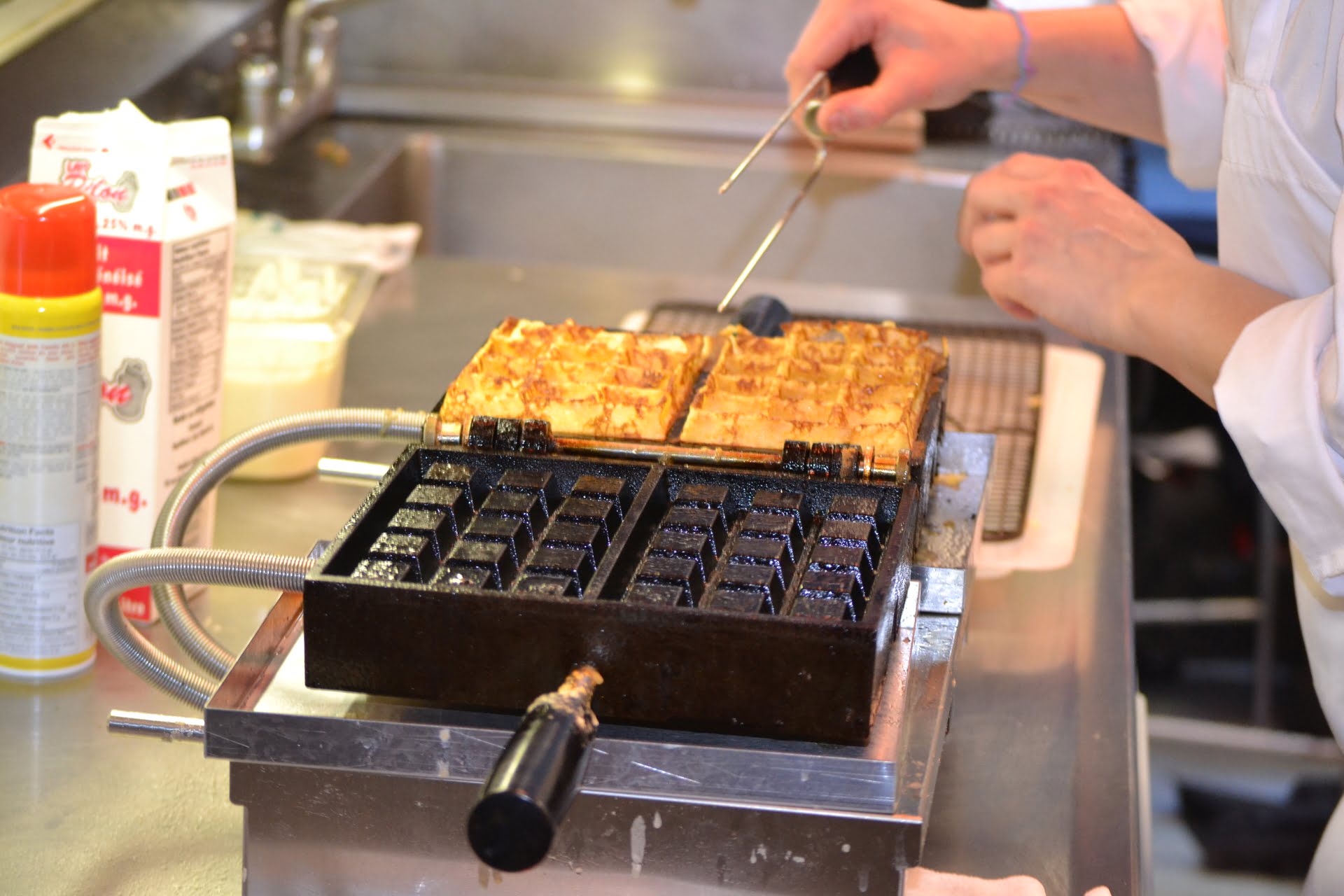
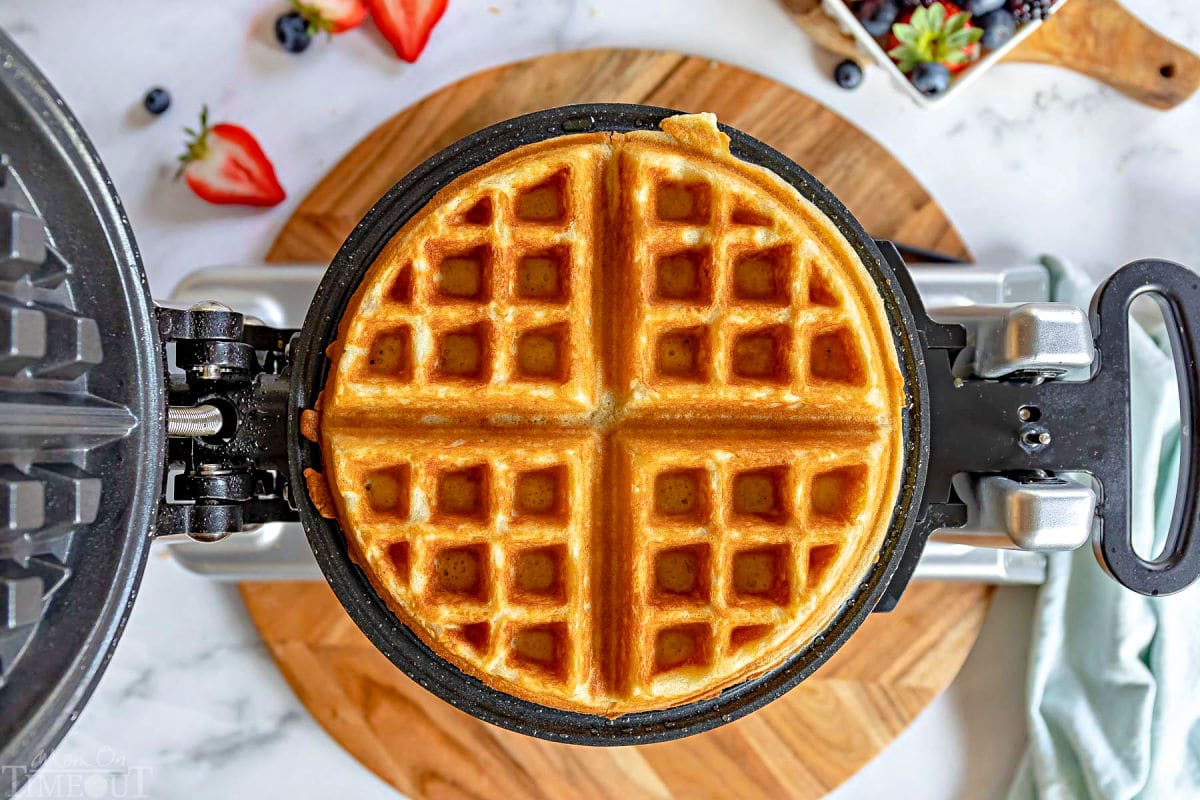
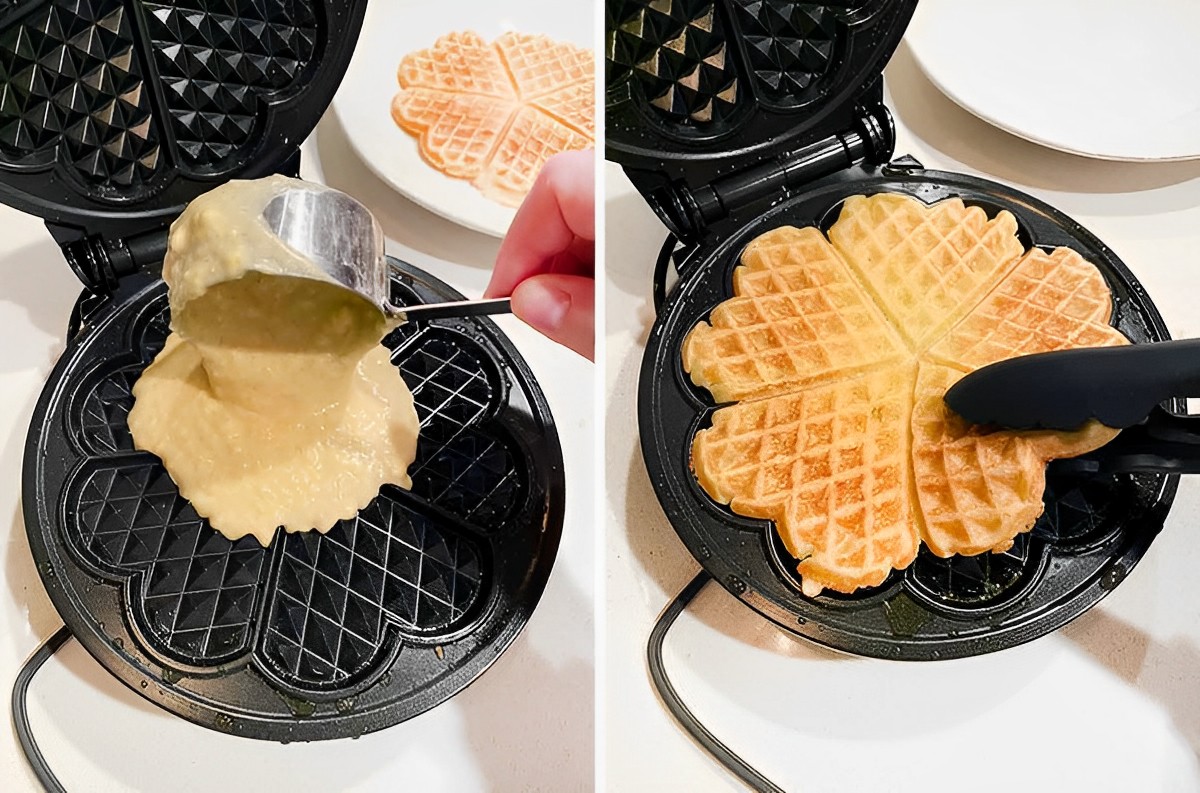
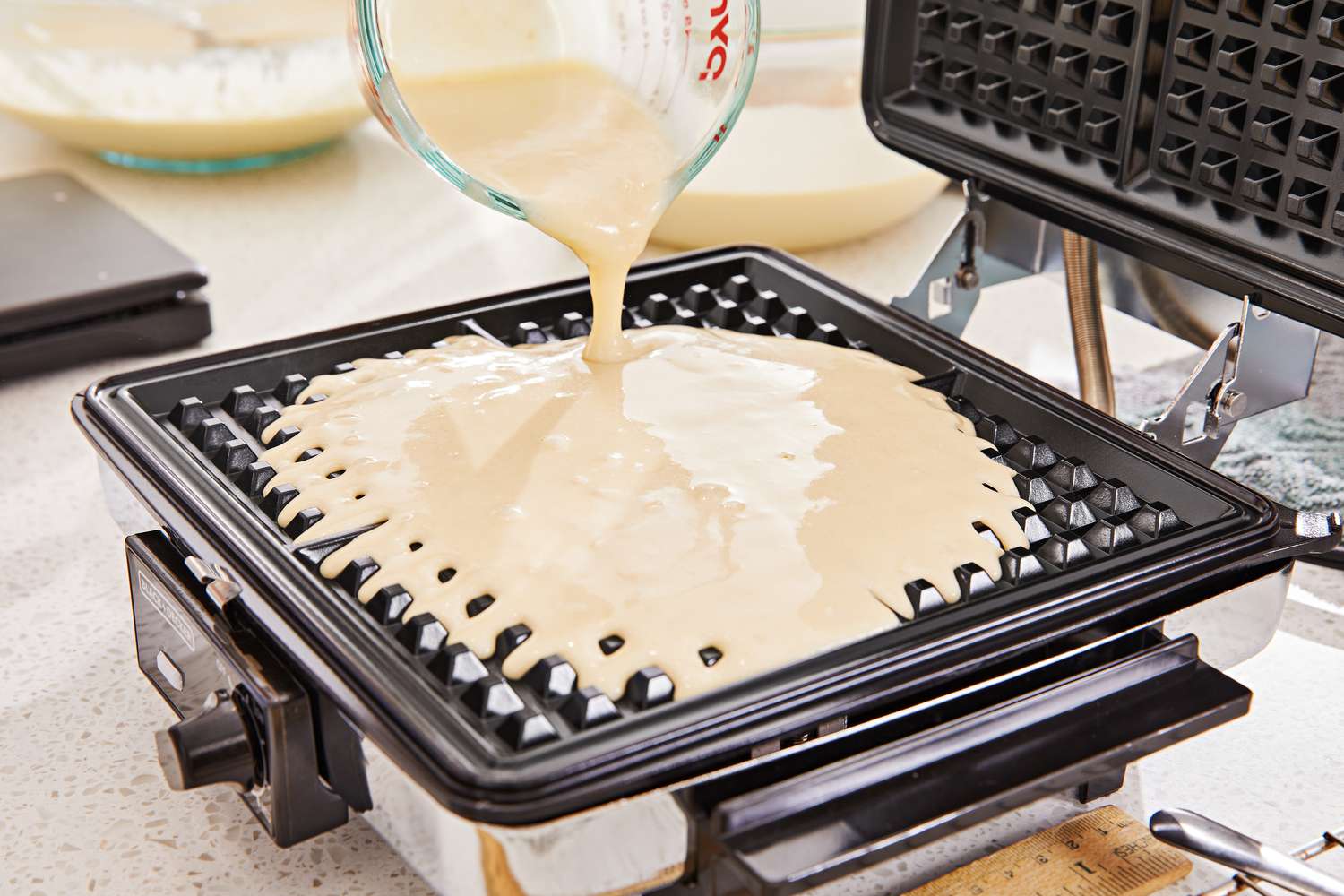
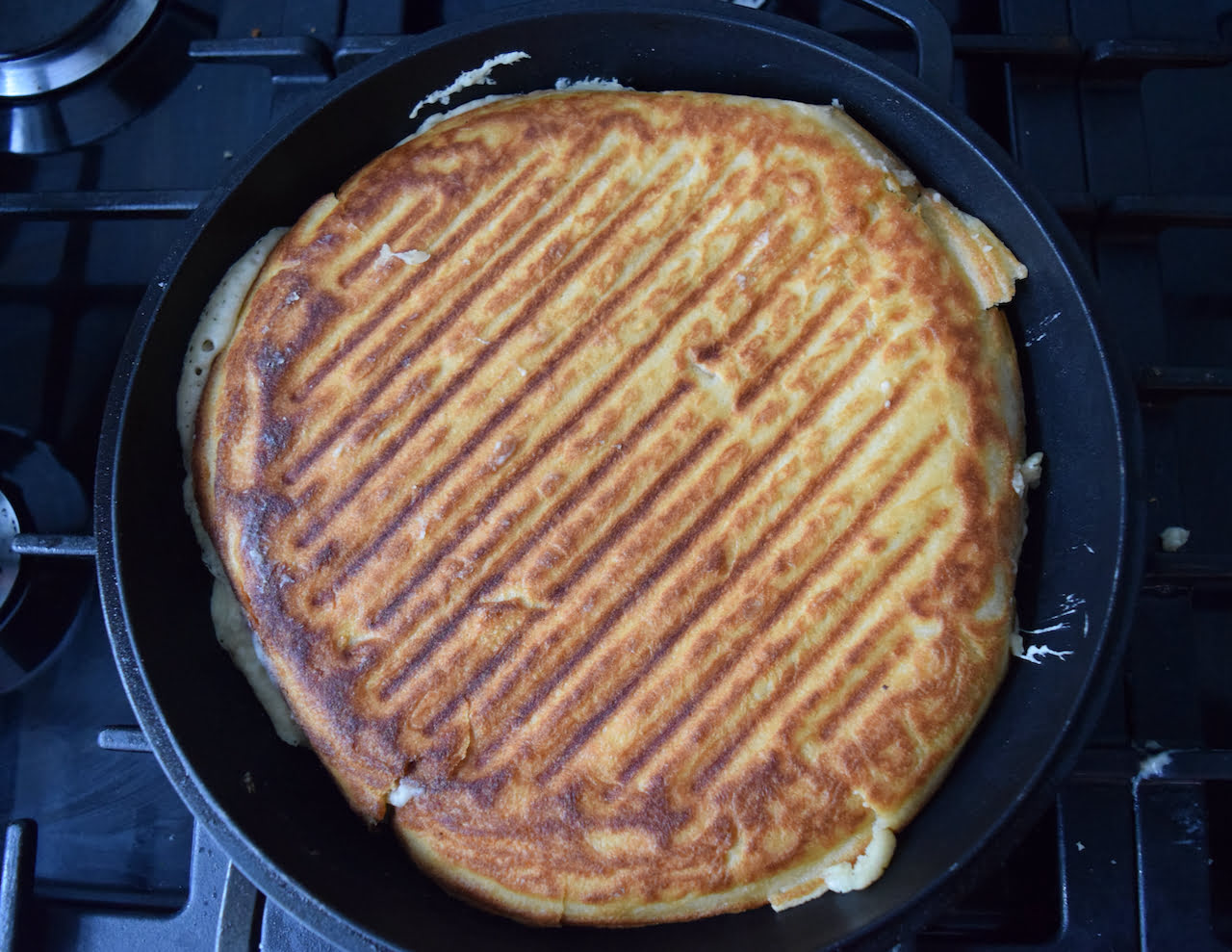
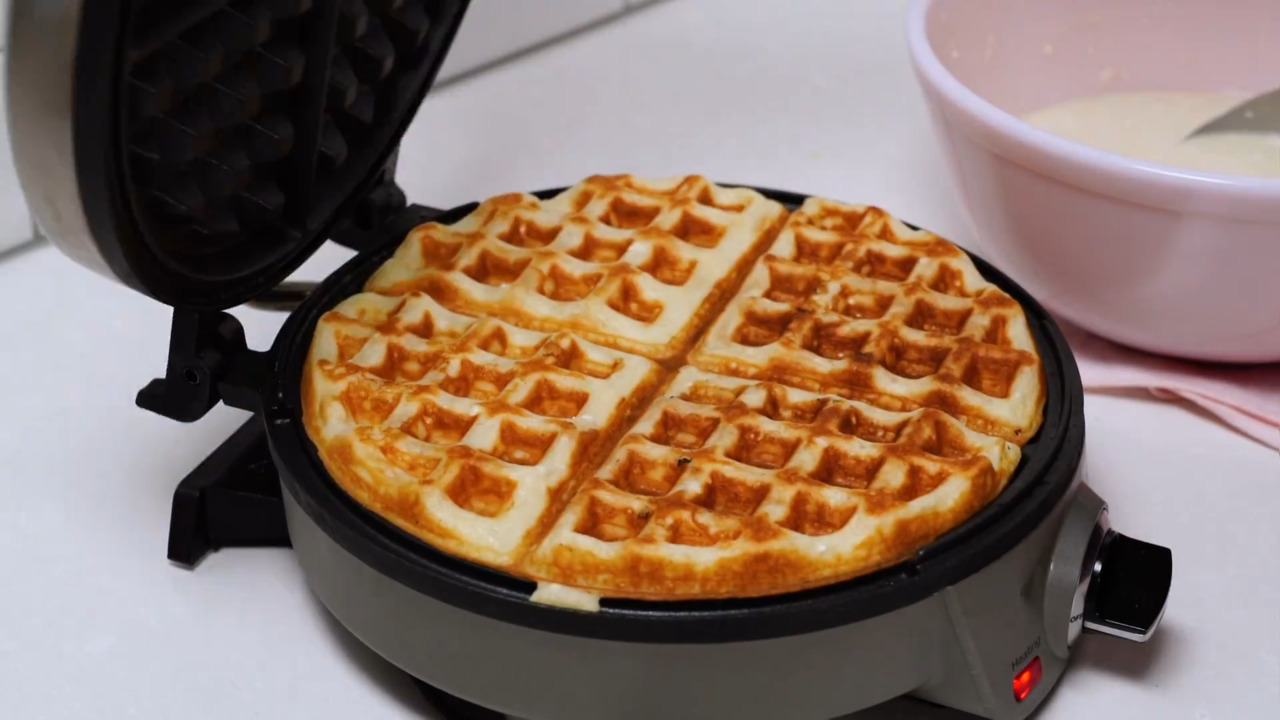
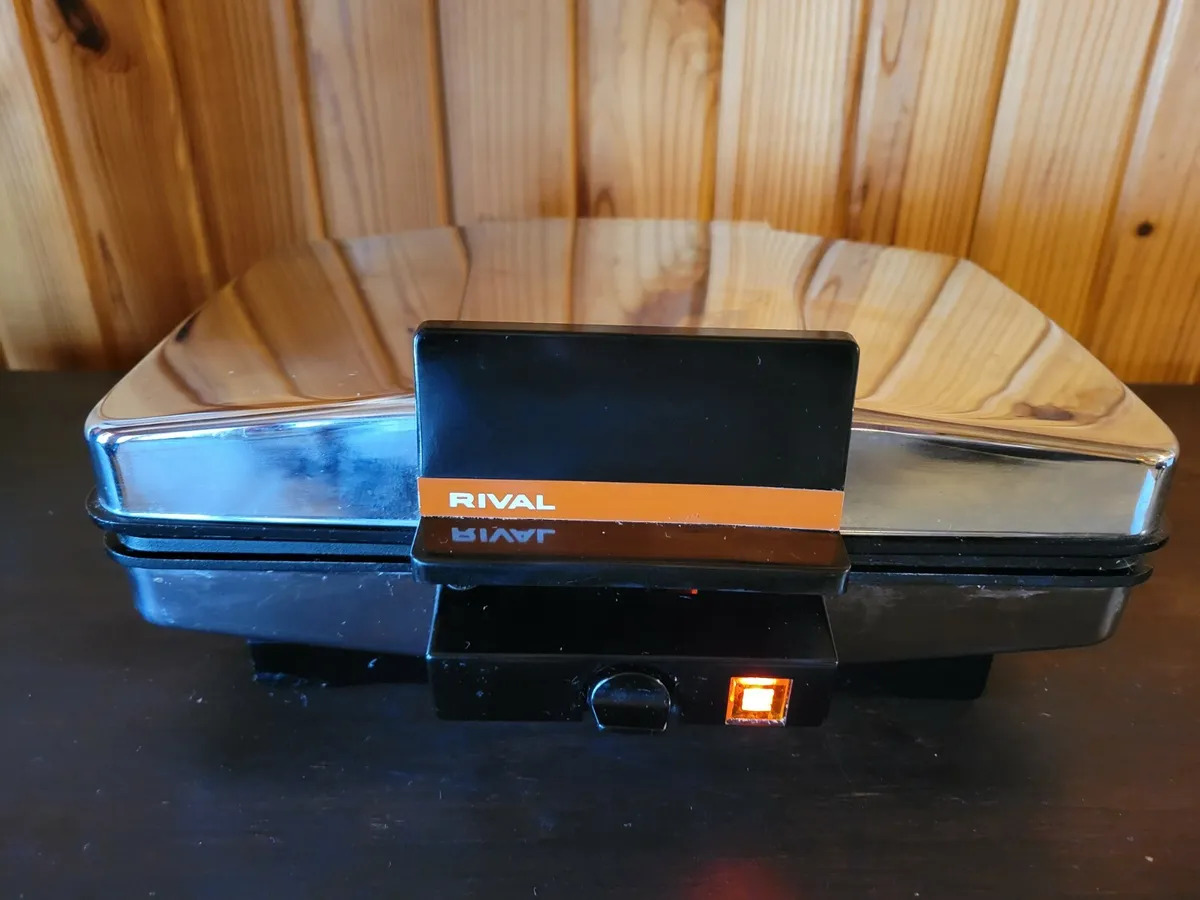
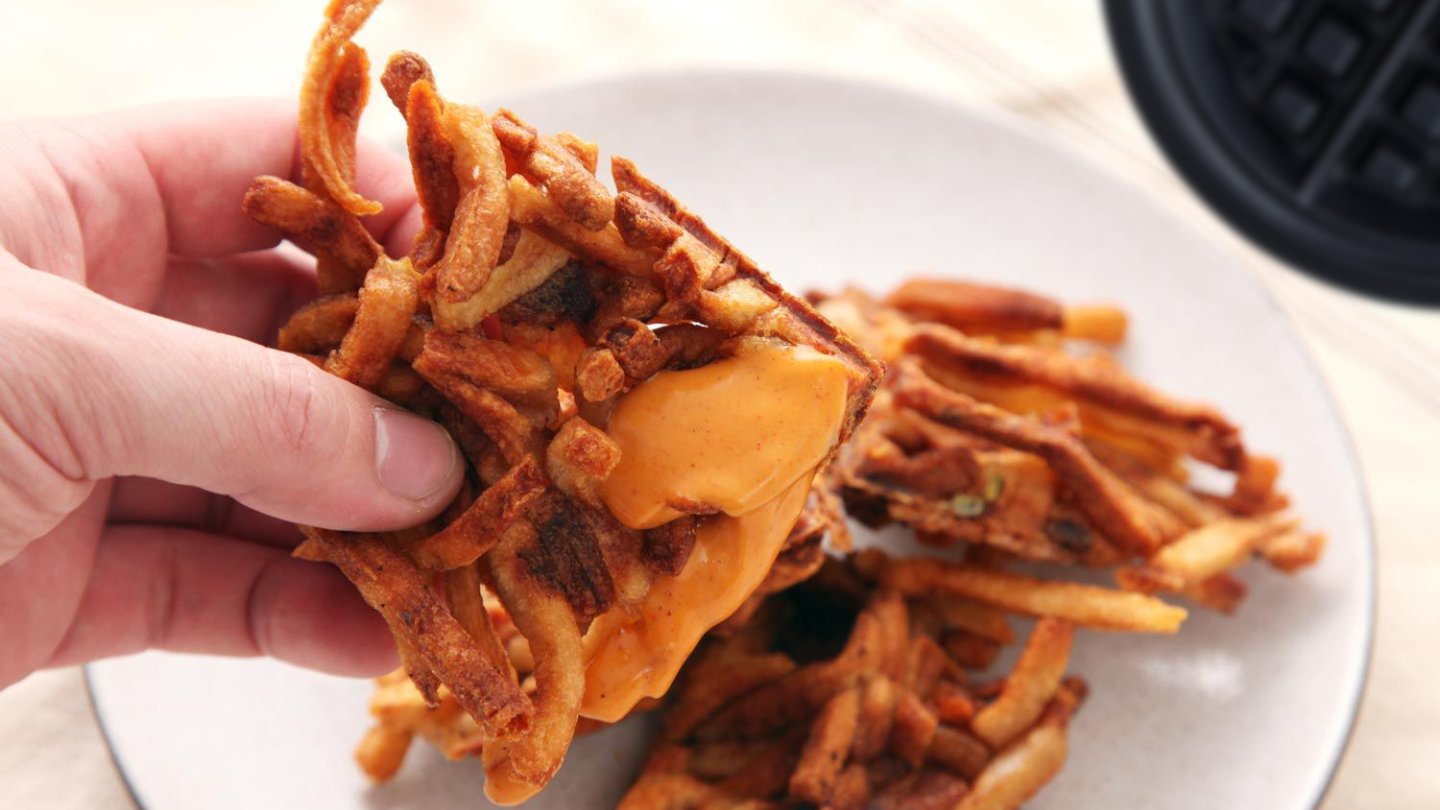
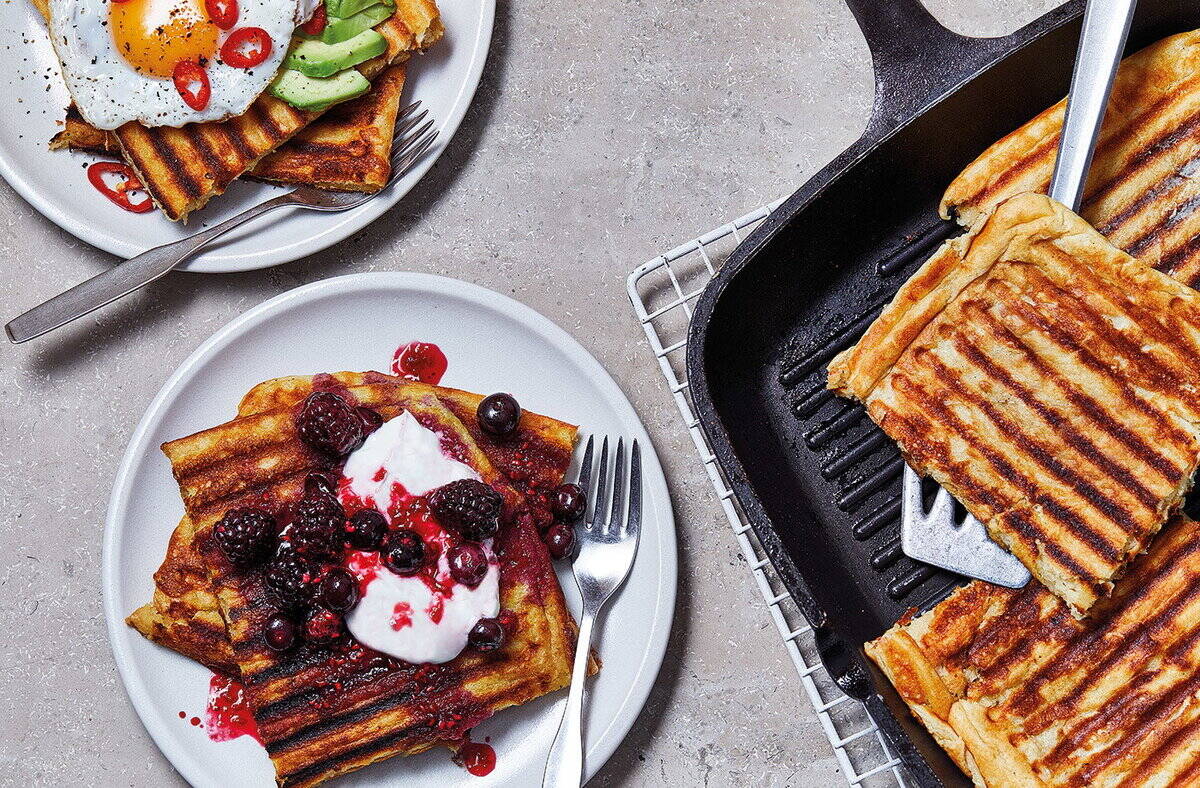
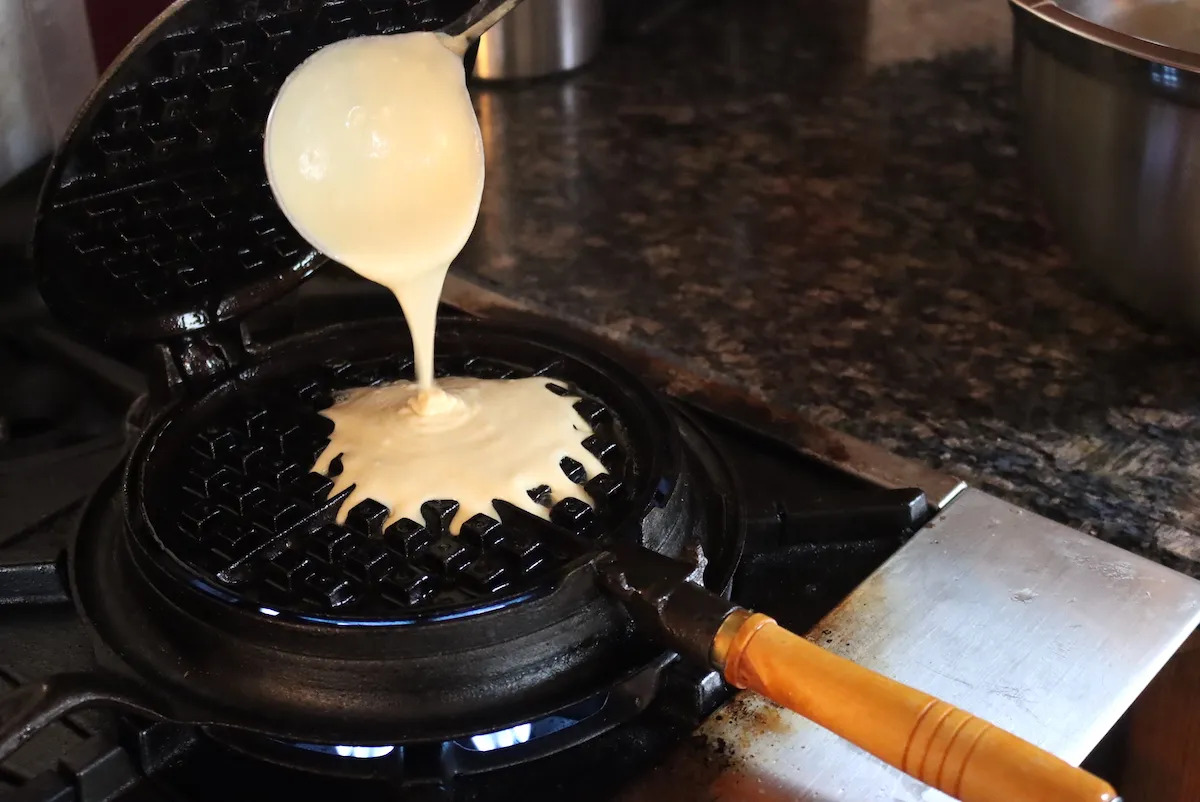
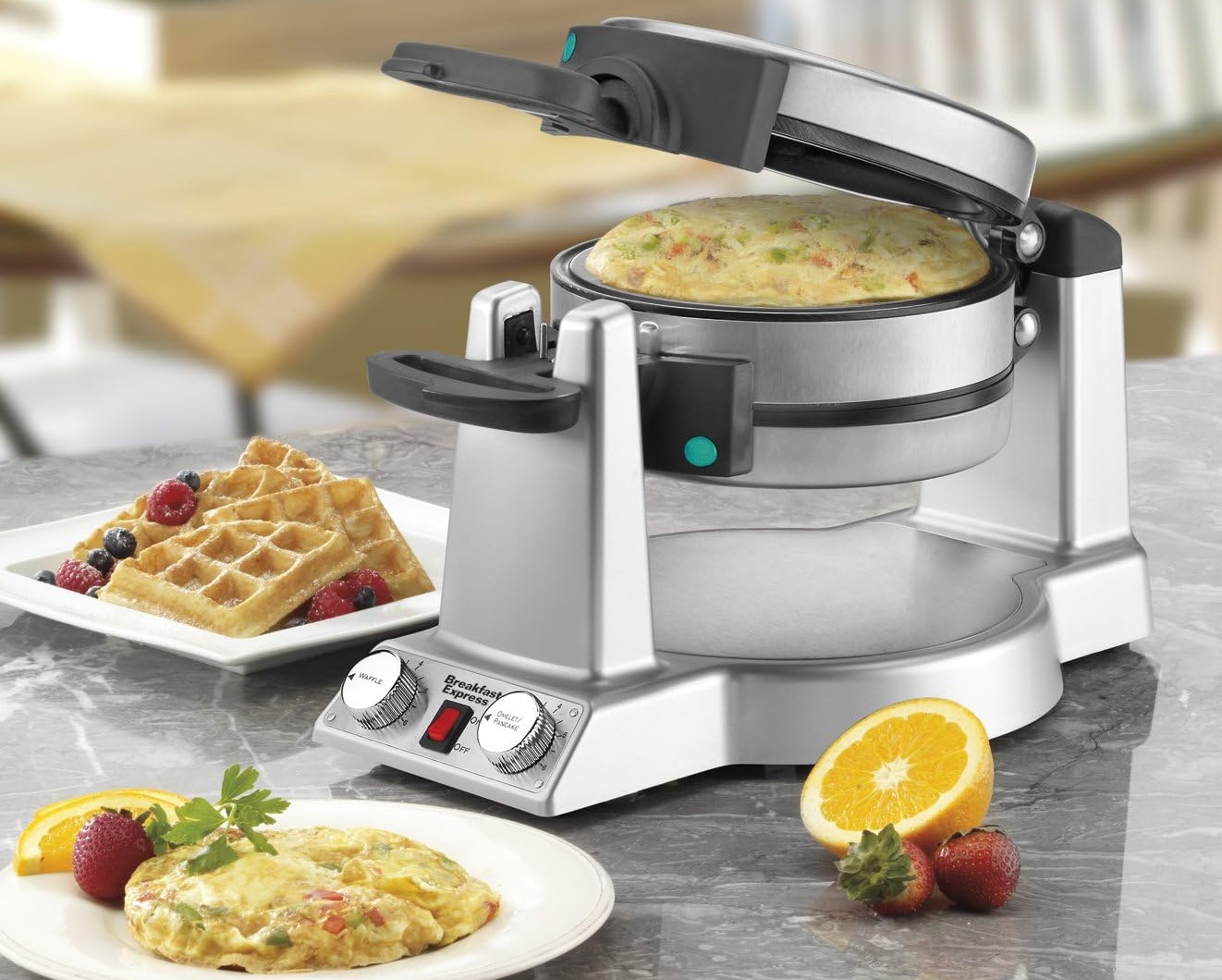

0 thoughts on “How Hot Should My Waffle Iron Be”